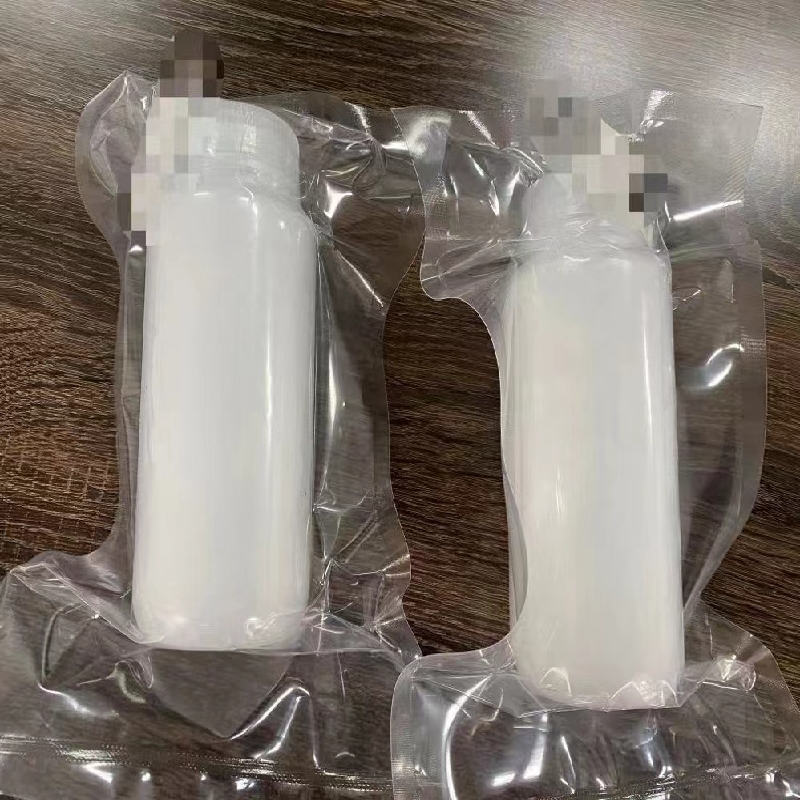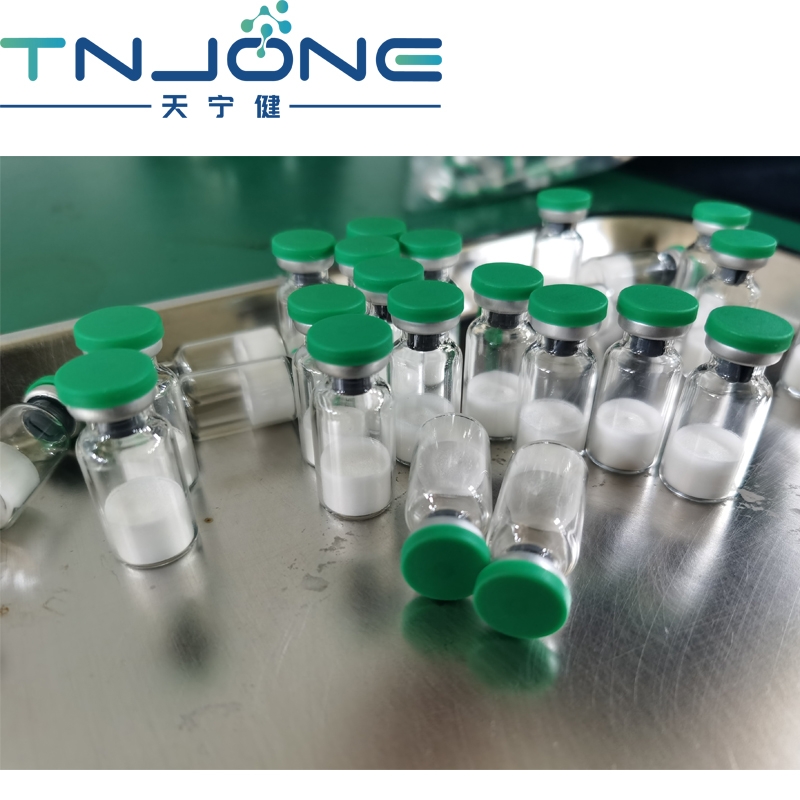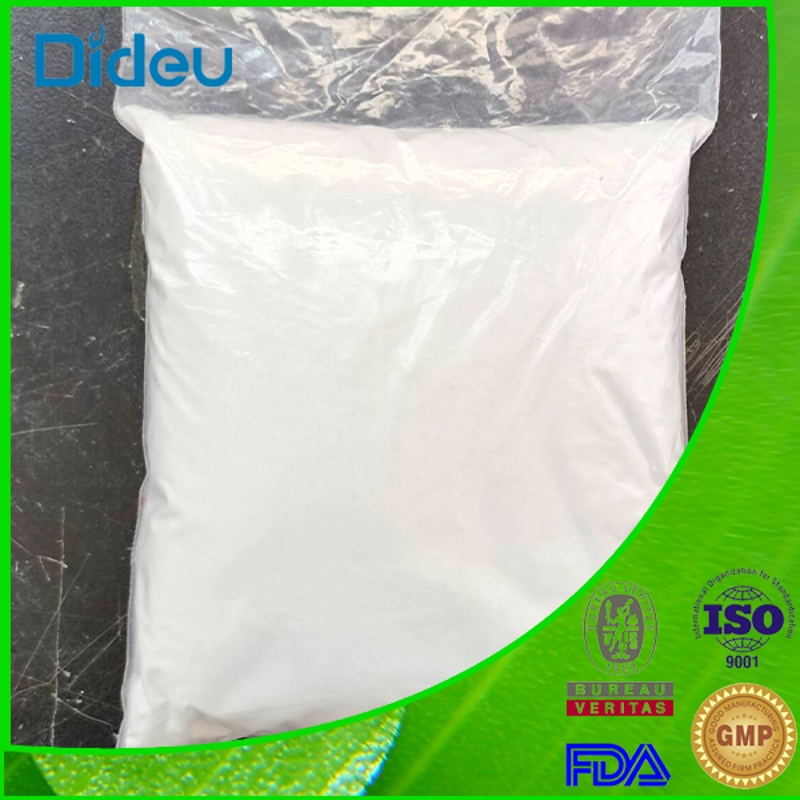-
Categories
-
Pharmaceutical Intermediates
-
Active Pharmaceutical Ingredients
-
Food Additives
- Industrial Coatings
- Agrochemicals
- Dyes and Pigments
- Surfactant
- Flavors and Fragrances
- Chemical Reagents
- Catalyst and Auxiliary
- Natural Products
- Inorganic Chemistry
-
Organic Chemistry
-
Biochemical Engineering
- Analytical Chemistry
-
Cosmetic Ingredient
- Water Treatment Chemical
-
Pharmaceutical Intermediates
Promotion
ECHEMI Mall
Wholesale
Weekly Price
Exhibition
News
-
Trade Service
Rheumatic diseases are a large group of chronic inflammatory diseases that mainly affect the joints and their surrounding tissues, and in most cases patients need long-term medication, and some rheumatism peaks in childbearing age, so medication during pregnancy is difficult to avoid
.
The "Specification for the Use of Drugs in Patients with Rheumatic Diseases" recommends the application and precautions of commonly used drugs for rheumatic diseases during pregnancy, pregnancy and lactation, aiming to regulate the use
of drugs in the peri-gestational period of rheumatic diseases.
Drugs that may cause fetal malformations should be avoided during the peri-gestational period, and rheumatology immunologists should plan their medications according to the patient's condition and pregnancy plan (Table 1
).
➤ Glucocorticoids
Corticosteroids are one of the leading drugs for the treatment of rheumatic diseases, and their correlation with adverse events in pregnancy has been reported to vary
.
It is recommended that pregnancy
be considered when
If there is disease activity during pregnancy but the pregnancy continues, the dose of hormones can be increased and, where appropriate, immunosuppressants
that are relatively safe during pregnancy can be used.
When using hormones, breastfeeding can be carried out, but if prednisone ≥ 20 mg / day, milk within 4 hours after taking the drug should be discarded
.
➤Hydroxychloroquine
Hydroxychloroquine may be used in patients trying to conceive and is recommended to be continued during pregnancy
.
Hydroxychloroquine is secreted with less milk and can therefore be used
during lactation.
➤ Calcineurin inhibitors
Calcineurin inhibitors used in rheumatism patients mainly include cyclosporine and tacrolimus
.
Patients who take cyclosporine or tacrolimus for a long time do not need to switch to other drugs during the perigestation period and can breastfeed
as appropriate.
Aazathioprine is a relatively safe immunosuppressant in rheumatism patients during pregnancy, and the usual dose is 1.
5 to 2.
0 mg/kg/day
.
Avoid taking azathioprine as much as possible during lactation, but its metabolites are low in breast milk, so if the condition requires you to continue to use it as appropriate, it is recommended to discard the milk within 4 hours after taking the drug
.
➤ Sulfasalazine
Sulfasalazine can pass through the placental barrier but may not increase the risk
of
The maximum dose is available up to 2 g/day
.
Sulfasalazine in lactating patients allows normal breastfeeding in healthy term newborns, but caution should be exercised
in preterm infants, children with glucose-6-phosphate dehydrogenase deficiency, and children with hyperbilirubinemia.
Women with rheumatism can use colchicine
during pregnancy and throughout pregnancy.
Colchicine is low in breast milk and is relatively safe
to use during lactation.
To be cautious, breastfeeding may also be started after 12 hours of colchicine taking
.
➤Nonsteroidal anti-inflammatory drugs (NSAIDs)
In the first trimester, the use of NSAIDs may cause too little amniotic fluid production and an increased risk of spontaneous abortion, and NSAIDs should be avoided as much as possible at this stage; If NSAIDs must be used in the second trimester, the minimum effective dose and the shortest duration of use should be used whenever possible; The use of NSAIDs
should be avoided in the third trimester of pregnancy.
Ibuprofen ≤ 1600 mg/day when its milk secretion is low, making it the preferred NSAIDs
during lactation.
➤ Tumor necrosis factor (TNF) inhibitors
TNF inhibitors are relatively safe to use during pregnancy, and the preferred TNF inhibitor is
.
Other TNF inhibitors (including
receptor-antibody fusion protein for injection,
) contain IgG1Fc segments, and placental transport rates are high (especially in the third trimester), so TNF inhibitors containing Fc segments need to be discontinued in the third trimester, The specific time of discontinuation depends on the half-life of the drug
.
All types of TNF inhibitors can be used
during lactation.
➤ Intravenous immunoglobulin (IVIG)
IVIG
can be safely administered in patients with rheumatism during perigestation.
➤ Biologics
The perigestational safety of some biologics is unknown, so it should be used with
caution.
Patients trying to conmay are advised to stop using
it 6 months before trying to conceive.
Women of childbearing age, care should be taken of contraception during the treatment of
.
should be avoided in pregnant and lactating women.
There is currently a lack of data on studies on the secretion of berlizumab through breast milk, suggesting that users suspend breastfeeding
.
Breastfeeding should be discontinued during treatment with abatacept and, if breastfeeding, at least 14 weeks
apart from the last dose.
➤ Small molecule targeted drugs
Women of childbearing age should be mindful of contraception when receiving treatment with JAK inhibitors and at least 4 weeks after the end of treatment, and the use of such drugs
during pregnancy and lactation is not recommended.
Drugs that men with rheumatism can continue to use during the fertility preparation period include azathioprine, colchicine, hydroxychloroquine, and various TNF inhibitors
.
Sulfasalazine may cause reversible sperm deficiency in men, and if conceival difficulties occur, the drug
should be discontinued 3 months before pregnancy.
The safety of drugs such as methotrexate,
.
Drugs that men with rheumatism cannot use during the fertility preparation period include cyclophosphamide and thalidomide,
.
For rheumatology patients with pregnancy plans, rheumatology immunologists need to carefully assess whether the patient's current condition and medication conditions are pregnant, and on the other hand, they should fully communicate with the patients and their families about the pregnancy itself and the possible impact of medication on the patient and the fetus; At the same time, rheumatology immunologists need to cooperate with obstetrics and gynecology, reproductive medicine, neonatology and other related disciplines to develop individualized disease monitoring and treatment plans in order to obtain the best pregnancy outcome
.
The above content is excerpted from: Zhang Wen, Li Yisha, Liu Dongzhou, et al.
Norms for the use of drugs in perigestational patients with rheumatic diseases[J].
Chinese Journal of Internal Medicine,2021,60(11):946-953.







